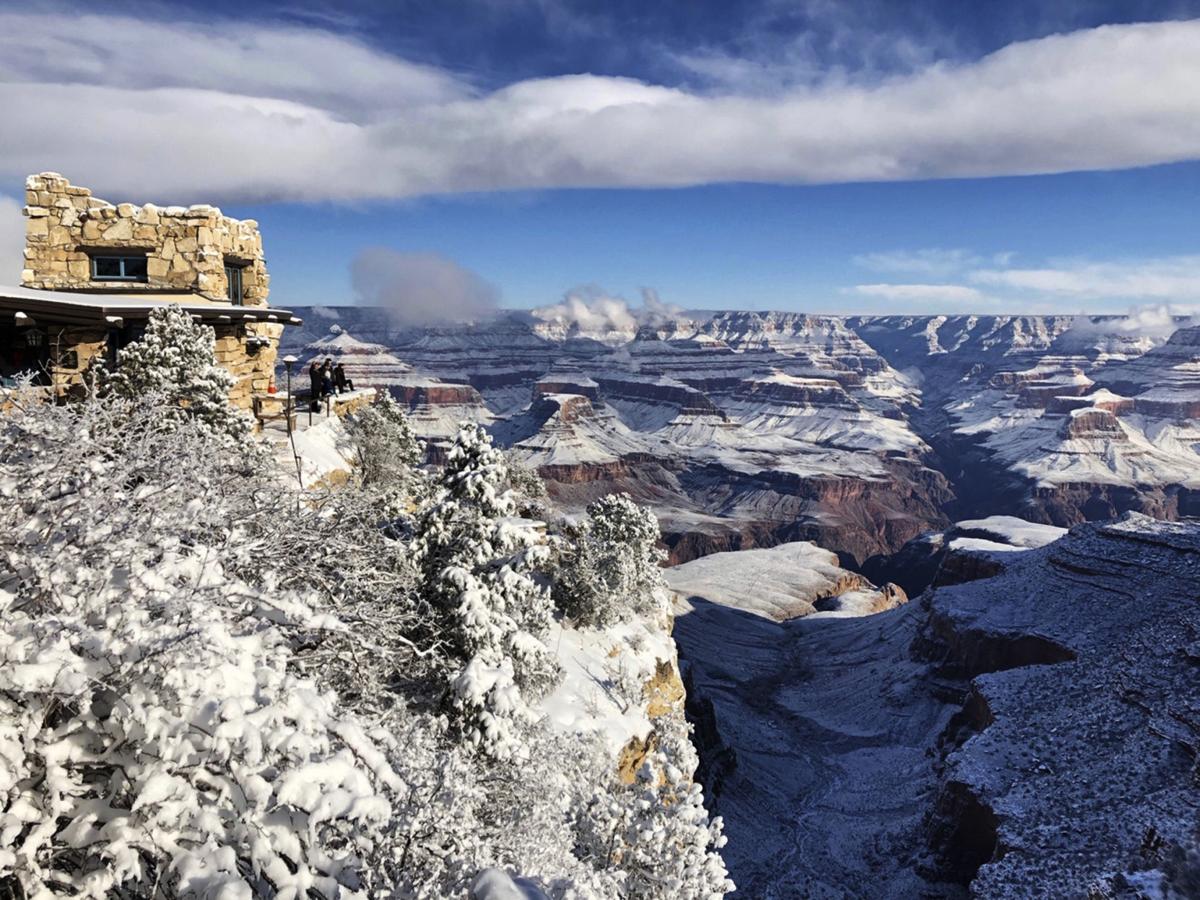Stephen Nash
The following column is the opinion and analysis of the writer.
Legislation proposed by Sen. Tom Udall, D-N.M., promotes migration corridors to connect the million square miles of public lands for which Americans hold the deeds of trust. The Wildlife Corridors Conservation Act is hailed in these terms: “the most significant step toward national wildlife conservation in decades.” You could put it that way, but ...
The corridor legislation would have some impact around Tucson. It would prod federal resource agencies to designate protected migration routes on federal public lands. It would help alleviate wildlife-auto collisions that cause an estimated $10 billion a year in damage. So far there is no visible Republican support in the Senate or the House from the Arizona congressional delegation, but there’s promise here: Both parties do seem open to a transportation bill that includes funds to alleviate wildlife collisions.
In reality, though, these would be praiseworthy single steps upward on a rapidly descending escalator. It pulls us toward the ruin of public lands — they include Tucson’s wonderful Saguaro National Park, the threatened Santa Rita Mountains and the Patagonia area, as well as Grand Canyon, Petrified Forest, the state’s three national forests and four national monuments — and toward accelerating animal genocide. We should think now in terms of a complete reversal, not just baby steps.
Meanwhile, Trump-era minions like Interior Secretary David Bernhardt have barely had time to change clothes since their shifts as industry lobbyists bent on plundering public lands. Now they are quickly selling off the future of much of that national heritage to corporate drillers, miners, grazers, loggers and developers.
The bullying of land resource agencies by corporate interests and their allies in both political parties was well under way before Trump’s arrival. Now the vandalism is swift, comprehensive.
It includes an assault that “takes a wrecking ball … to the Endangered Species Act,” Sen. Udall says. Oil and gas leases on federal lands have tripled; an executive order pushes for a 30% spike in logging in national forests. On a single day, the president hacked hundreds of thousands of acres from national monuments — the largest rollback of federal land protection in the nation’s history.
A recent United Nations report concludes that “nature is declining globally at rates unprecedented in human history — and the rate of species extinctions is accelerating … eroding the very foundations of our economies, livelihoods, food security, health and quality of life worldwide.”
A Cornell University study concludes that overall, U.S. bird populations have declined by a quarter, about three billion birds across all species, just since 1970. One of the study’s co-authors calls it “a staggering loss that suggests the very fabric of North America’s ecosystem is unraveling.” There are now an estimated 14,000 to 35,000 endangered species in the United States — that’s 7% to 18% of our plant and animal species.
And all of that has occurred even before climate disruption bites down hard. By 2100, Grand Canyon and Yosemite will be as hot as the Mexican border. Great Smoky Mountains National Park, the most-visited park in the system, will be more like the Northern Florida climate we’ve known. Meeting challenges of this scale demands broad-gauge, national-park-level protection for all federal public lands.
Politics, a useful cliche reminds us, is the art of the possible. But political leadership also means enlarging the boundaries of what is possible. If we want real hope for our natural heritage, we’ll have to work much harder to protect it. As the Oberlin ecologist David Orr puts it: “Hope is a verb, with its sleeves rolled up.”





